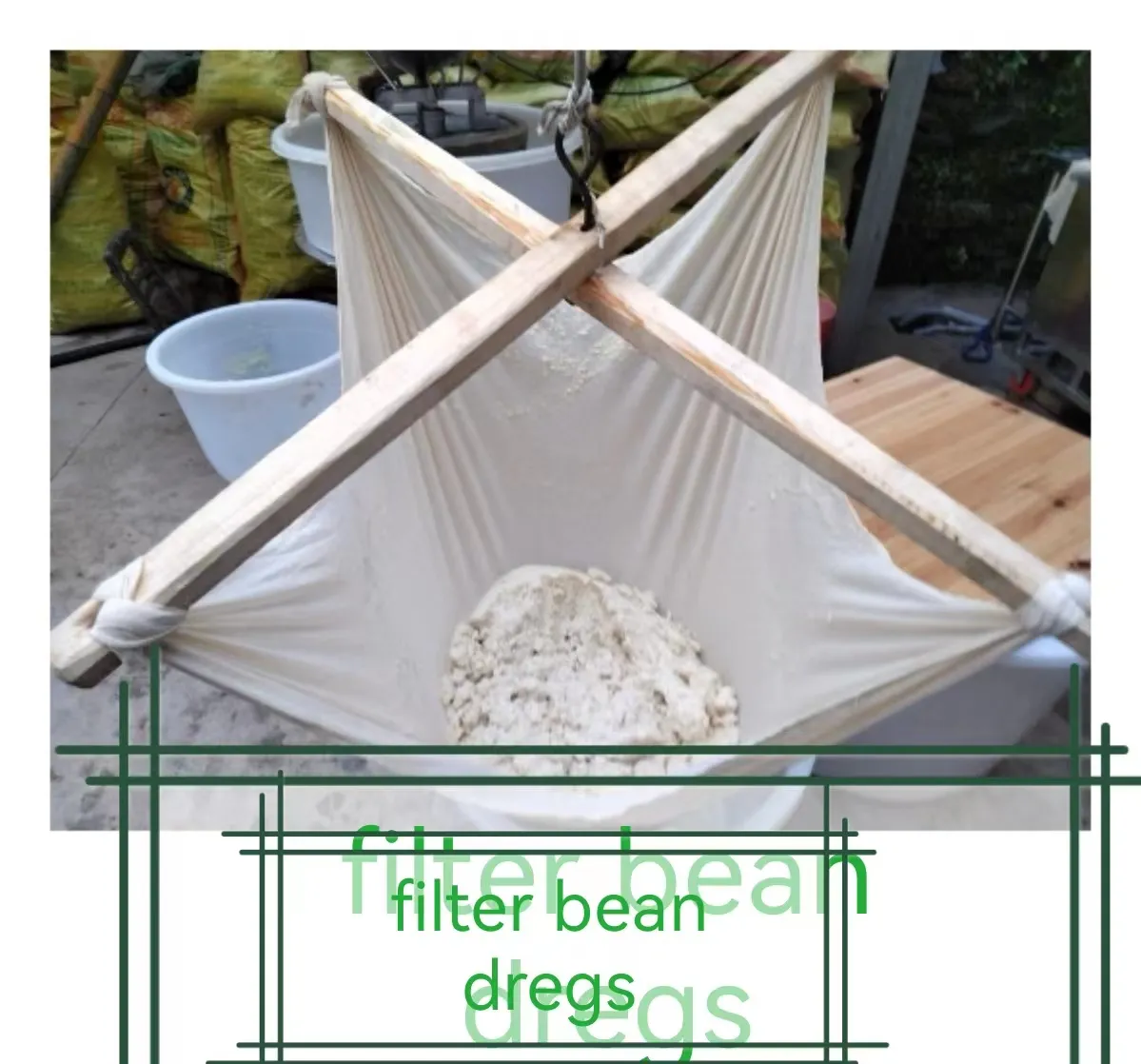-
 Afrikaans
Afrikaans -
 Albanian
Albanian -
 Amharic
Amharic -
 Arabic
Arabic -
 Armenian
Armenian -
 Azerbaijani
Azerbaijani -
 Basque
Basque -
 Belarusian
Belarusian -
 Bengali
Bengali -
 Bosnian
Bosnian -
 Bulgarian
Bulgarian -
 Catalan
Catalan -
 Cebuano
Cebuano -
 China
China -
 Corsican
Corsican -
 Croatian
Croatian -
 Czech
Czech -
 Danish
Danish -
 Dutch
Dutch -
 English
English -
 Esperanto
Esperanto -
 Estonian
Estonian -
 Finnish
Finnish -
 French
French -
 Frisian
Frisian -
 Galician
Galician -
 Georgian
Georgian -
 German
German -
 Greek
Greek -
 Gujarati
Gujarati -
 Haitian Creole
Haitian Creole -
 hausa
hausa -
 hawaiian
hawaiian -
 Hebrew
Hebrew -
 Hindi
Hindi -
 Miao
Miao -
 Hungarian
Hungarian -
 Icelandic
Icelandic -
 igbo
igbo -
 Indonesian
Indonesian -
 irish
irish -
 Italian
Italian -
 Japanese
Japanese -
 Javanese
Javanese -
 Kannada
Kannada -
 kazakh
kazakh -
 Khmer
Khmer -
 Rwandese
Rwandese -
 Korean
Korean -
 Kurdish
Kurdish -
 Kyrgyz
Kyrgyz -
 Lao
Lao -
 Latin
Latin -
 Latvian
Latvian -
 Lithuanian
Lithuanian -
 Luxembourgish
Luxembourgish -
 Macedonian
Macedonian -
 Malgashi
Malgashi -
 Malay
Malay -
 Malayalam
Malayalam -
 Maltese
Maltese -
 Maori
Maori -
 Marathi
Marathi -
 Mongolian
Mongolian -
 Myanmar
Myanmar -
 Nepali
Nepali -
 Norwegian
Norwegian -
 Norwegian
Norwegian -
 Occitan
Occitan -
 Pashto
Pashto -
 Persian
Persian -
 Polish
Polish -
 Portuguese
Portuguese -
 Punjabi
Punjabi -
 Romanian
Romanian -
 Russian
Russian -
 Samoan
Samoan -
 Scottish Gaelic
Scottish Gaelic -
 Serbian
Serbian -
 Sesotho
Sesotho -
 Shona
Shona -
 Sindhi
Sindhi -
 Sinhala
Sinhala -
 Slovak
Slovak -
 Slovenian
Slovenian -
 Somali
Somali -
 Spanish
Spanish -
 Sundanese
Sundanese -
 Swahili
Swahili -
 Swedish
Swedish -
 Tagalog
Tagalog -
 Tajik
Tajik -
 Tamil
Tamil -
 Tatar
Tatar -
 Telugu
Telugu -
 Thai
Thai -
 Turkish
Turkish -
 Turkmen
Turkmen -
 Ukrainian
Ukrainian -
 Urdu
Urdu -
 Uighur
Uighur -
 Uzbek
Uzbek -
 Vietnamese
Vietnamese -
 Welsh
Welsh -
 Bantu
Bantu -
 Yiddish
Yiddish -
 Yoruba
Yoruba -
 Zulu
Zulu
Steel Reinforcement Grids for Enhanced Structural Integrity and Durability in Construction
Understanding Steel Reinforcement Mesh Importance, Types, and Applications
Steel reinforcement mesh is a critical component in the construction industry, providing enhanced strength and stability to concrete structures. As concrete is inherently strong in compression but weak in tension, reinforcement mesh serves to bridge this gap, allowing structures to withstand various stresses and loads. This article explores the significance of steel reinforcement mesh, its types, and its diverse applications.
Significance of Steel Reinforcement Mesh
The primary function of steel reinforcement mesh is to reinforce concrete, offering essential tensile strength and improving overall structural integrity. In addition to enhancing strength, it also helps control cracking and shrinkage, which are common issues in concrete elements. By distributing loads evenly across the structure, reinforcement mesh contributes to the longevity and durability of construction projects. Furthermore, the use of reinforced concrete is not just practical; it is also cost-effective, enabling builders to reduce material use while maintaining structural safety.
Types of Steel Reinforcement Mesh
1. welded wire mesh This type of mesh is created by welding intersecting wires together, forming a grid-like structure. It is widely used in slabs, walls, and pavements. The welding process ensures high tensile strength and rigidity, making it ideal for heavy-duty applications.
2. Fiberglass Reinforced Plastic (FRP) Mesh While not steel, FRP mesh has emerged as an alternative to traditional steel reinforcement in specific applications. It possesses excellent corrosion resistance, making it suitable for environments that suffer from high exposure to moisture or chemicals.
3. Rebar Reinforcement Though technically not a mesh, rebar can be used in conjunction with welded wire mesh to enhance the overall reinforcement. Rebar is usually placed in critical tension areas and helps ensure that concrete structures can withstand high levels of stress.
4. Expanded metal mesh This is produced from sheets of metal that are cut and stretched to form a mesh with a unique pattern. It is lightweight yet strong, often used in applications where weight is a concern.
steel reinforcement mesh

Applications of Steel Reinforcement Mesh
The applications of steel reinforcement mesh are vast, spanning various sectors within the construction industry
1. Residential Construction In houses and small buildings, reinforcement mesh is crucial in poured concrete slabs, driveways, and foundations, providing the necessary strength and durability.
2. Commercial Buildings For larger structures, such as office towers and shopping malls, steel mesh offers the needed support to handle heavier loads and larger spans.
3. Infrastructure Projects Roads, bridges, and tunnels often employ steel reinforcement mesh to ensure they can bear the dynamic loads imposed by vehicles and environmental forces.
4. Industrial Facilities Factories and warehouses utilize reinforcement mesh for floors and structural elements to cater to machinery loads and operational stresses.
5. Precast Concrete Products Many precast concrete elements, such as blocks, panels, and beams, incorporate steel reinforcement mesh to enhance their strength and functionality.
Conclusion
In conclusion, steel reinforcement mesh plays an indispensable role in modern construction. Its ability to improve the tensile strength of concrete and optimize its performance in various applications ensures that structures are not only safe but also durable. As construction techniques continue to evolve, the development of advanced materials and methodologies will further enhance the effectiveness of steel reinforcement mesh, making it a cornerstone of sustainable and resilient structural engineering. Understanding and utilizing this essential component can lead to better building practices and the creation of long-lasting infrastructures.
-
Shipping Plastic Bags for Every NeedNewsJul.24,2025
-
Safety Netting: Your Shield in ConstructionNewsJul.24,2025
-
Plastic Mesh Netting for Everyday UseNewsJul.24,2025
-
Nylon Netting for Every UseNewsJul.24,2025
-
Mesh Breeder Box for Fish TanksNewsJul.24,2025
-
Expanded Steel Mesh Offers Durable VersatilityNewsJul.24,2025











